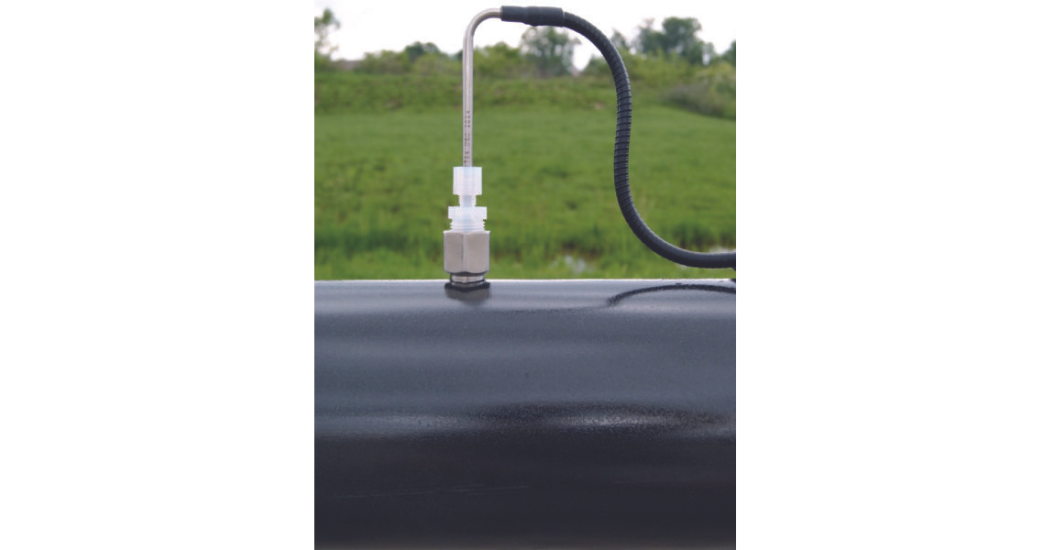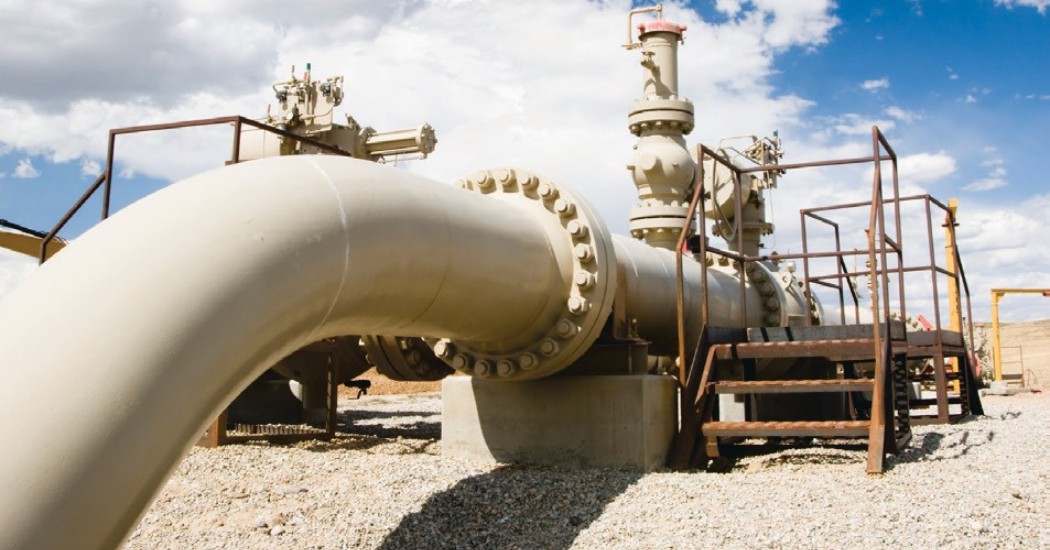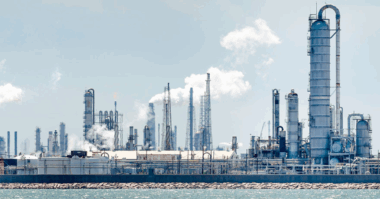Challenge
Most gas pipelines use flow computers to measure the volume of gas flowing through the lines and to accurately charge customers for the delivered product. These flow computers calculate volume based on various inputs, including the temperature monitored by an RTD. Typical RTDs are not specifically designed for this type of service and may be prone to failure. A large pipeline operator experienced significant issues with their RTDs, leading to inaccurate readings, frequent failures, and subsequent lost revenue.
- The RTDs featured a PVC-jacketed cable that exited straight from the sheath. During installation, bending the cable to strap it to the pipe created a wear point between the sheath and the cable, leading to failures.
- Replacing the RTD with one that had an armored cable addressed this issue but introduced a new problem: the armor was not waterproof, allowing water to penetrate the sheath and causing the RTD to short.
- A stainless steel compression fitting that held the RTD in place was susceptible to vibrations caused by pressure fluctuations and flow in the pipeline. This vibration led to fatigue at the ferrule, resulting in sheath failure.
 Solution
Solution
The gas pipeline operator upgraded their RTDs to a design specifically engineered to eliminate these failures, thereby saving on maintenance costs and reducing revenue loss. The new RTD design included:
- A pre-bent 90-degree angle to eliminate stress on the wiring cable during installation, enhancing the installation.
- Armor cable featuring a PVC jacket sealed to the sheath, preventing moisture from causing shorts.
- The compression fitting was changed to Teflon®, reducing the potential for vibration-induced fatigue.
The operator also reported a decrease in lightning-related failures, likely attributable to the switch from stainless steel to Teflon and improved RTD isolation.




